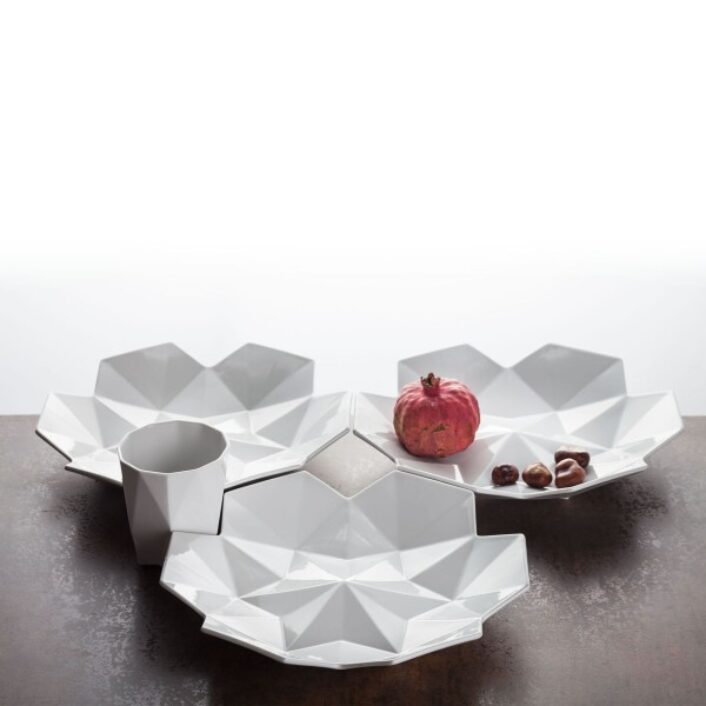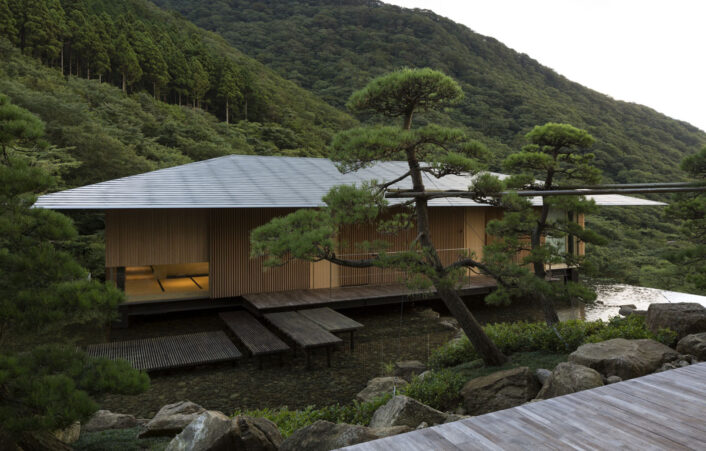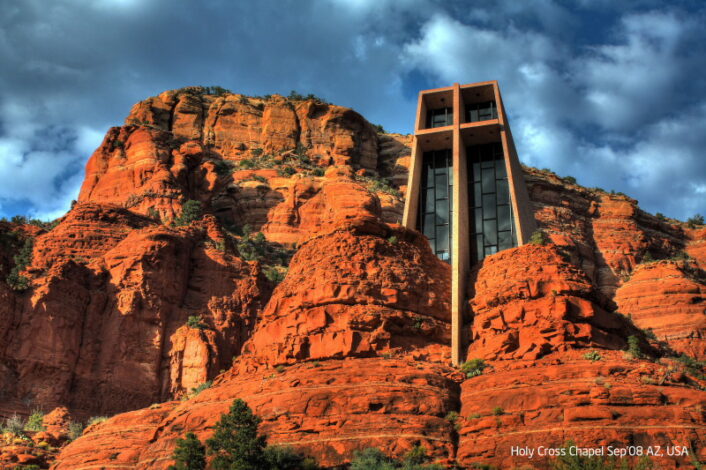Architecture
Czech Cubism
Prague’s first Cubist architecture implementation was U Černé Matky Boží built in 1911–1912. This department store was designed by the then 31-year-old Josef Gočár for the wholesaler František Josef Herbst. The architect employed the characteristic Cubist idiom mainly on the entrance portal, dormer windows, wrought-iron grille at the entrance and the staircase balustrade. Inside, intriguing painting of the interior walls with geometric designs was equally compelling. A café on the first floor that was dominated by heavy wrought-iron chandeliers, built-in furniture and a bar counter made of dark-stained oak wood. And finally, the 17th-century sculpture of the Black Madonna, formerly adorning the earlier Baroque building, was installed on the north-east corner of the new edifice, giving it its name.

Image courtesy of Czech Cubism
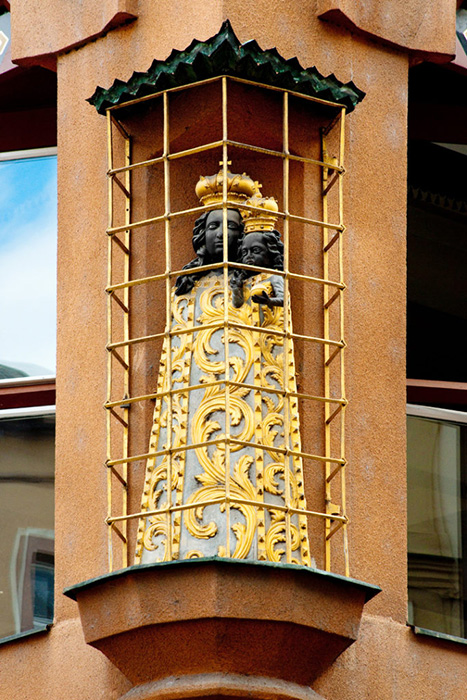
The namesake…Image courtesy of Czech Cubism
Born in Prague in 1910, the common elements of Czech Cubism are sharp edges, intersecting planes, crystalline structures. The movement began when a group of young avant-garde architects and artists applied the revolutionary Cubist principles to architecture and applied art. Following Picasso and Braque, these innovative Czech architects followed the Cubism which was originally a movement in French painting, which went on to find its own niche in Czech architecture.
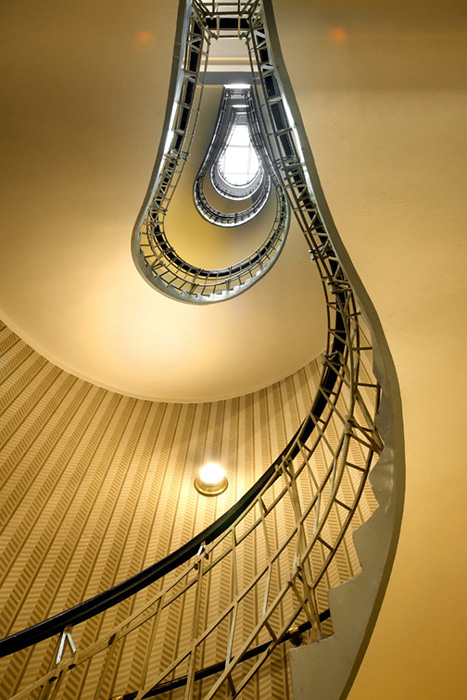
Interior staircase which is based on the very basic principals of Cubism.. the fundamental physical shape is a cube, and therefore any work of art composed of geometric shapes derived from a cube is more impressive and content-rich. Image courtesy of Czech Cubism
Fratisek Kupka was the architect responsible for building the House of the Black Madonna, located in the old town of the capital. Built between 1911 and 1912, The House of the Black Madonna is known and recognized as the most significant showcase of Cubist architecture in the world.
After extensive and careful restoration, the building was reopened in November 2003. Karel Prager was the architect chosen for the impressive restoration and the choice was quite fitting. Prager is perhaps one of the most recognized and distinguished architects of modernist and brutalist architecture in the Czech Republic during the second half of 20th century.
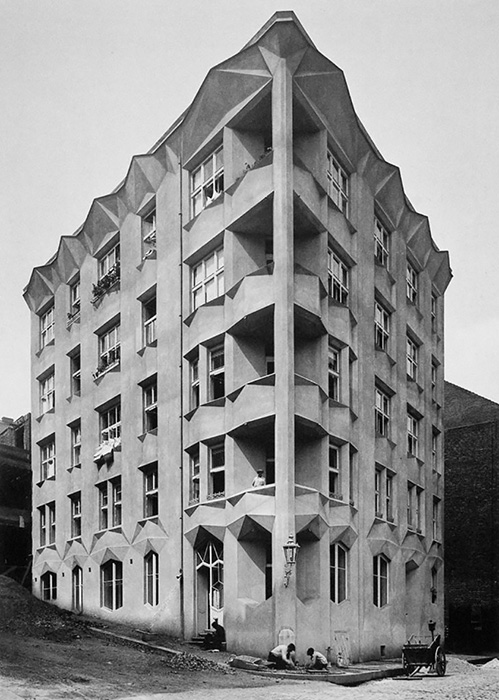
Josef Chochol’s Hodek Apartment House. Image courtesy of Nacht Geist Kreis
Also known as Cubo- Expressionism, Czech Cubism constitutes one of the significant movements of the development of arts and architecture in Central Europe in the first half of the 20th century. Unfortunately, the movement didn’t last long and fell out of favor once German Functionalism and Modernism became popular. Within just a few years, streamlined, white and modern architecture took hold, and Cubism retreated.
Luckily today, Czech people are reaching further back into their own history.

Hodek Apartment House in Prague. Image courtesy of The Calver Journal
As Czech Cubism evolved, buildings in Prague began to contain geometrically enhanced building facades, energetic furniture and dynamic decorative objects often with precise black line detailing.
